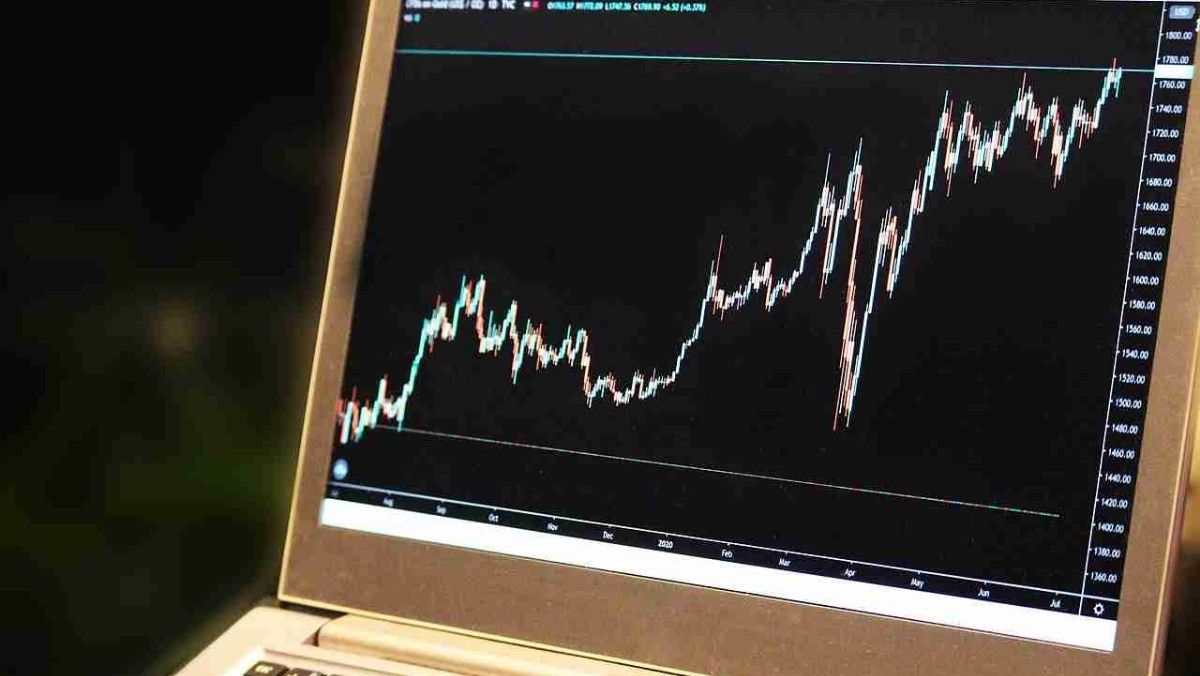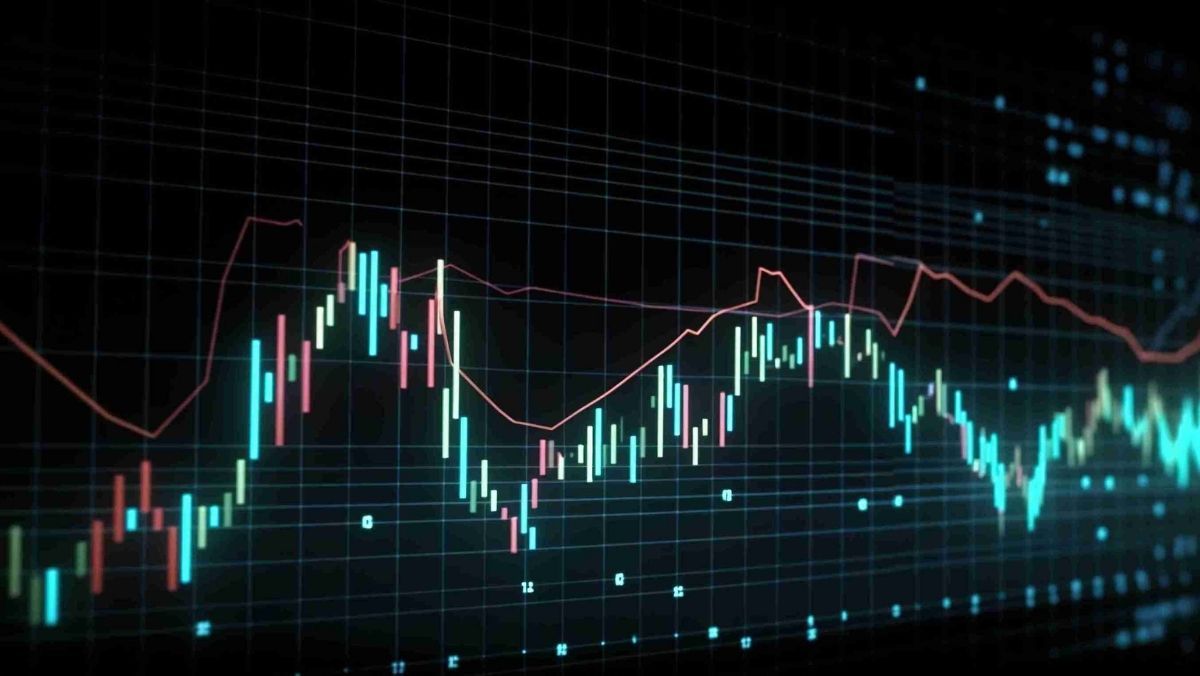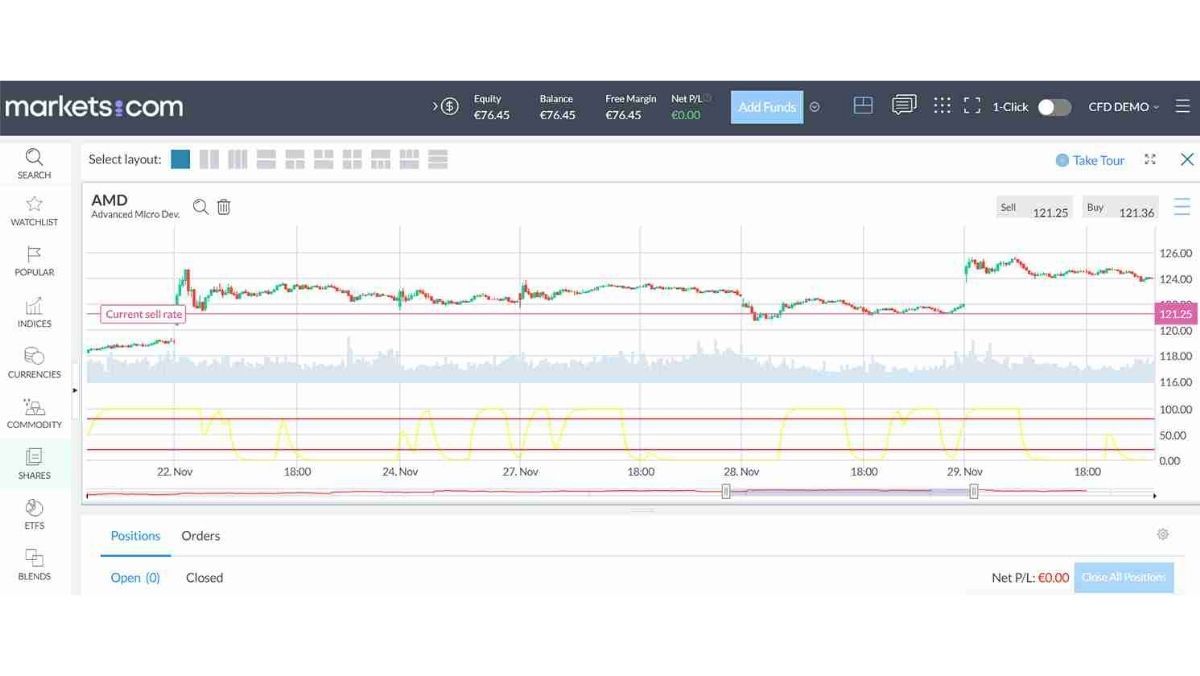Monday Dec 18 2023 09:19

9 min

As traders, we rely on many tools to gain meaningful insights and analyze the markets effectively. Among these tools, oscillators are worth delving into in more detail. These indicators are widely used in technical analysis, helping traders identify potential turning points in market trends and measure the momentum of a security.
In this article, you will learn what the Schaff trend cycle is, what makes it different from the MACD, and how it may be helpful in your analysis of the markets. With a better understanding of this unique oscillator, you can determine if integrating it into your trading plan could benefit your performance.
The Schaff Trend Cycle is an oscillator indicator created by trader Doug Schaff to improve the widely followed Moving Average Convergence Divergence (MACD) indicator. Schaff believed the MACD traded too frequently and was prone to false signals. He aimed to develop an indicator with the same intended benefits as MACD that also filtered out less reliable signals.
The Schaff trend cycle measures short-term trends and momentum by calculating the difference between two separate exponential moving averages (EMAs) of the price. However, it adds a periodic cycle component to the formula. The cycle length aims to identify when a trend may be exhausting itself before a reversal.
Traders mainly utilize the Schaff trend cycle to identify short-term swings in the stock market, indexes, and commodity futures. Crossovers of its signal line may provide trading opportunities. Since it aims to smooth out line noise, practitioners often use the indicator in conjunction with other analysis techniques.

While both the Moving Average Convergence Divergence (MACD) indicator and the Schaff trend cycle serve the purpose of identifying momentum shifts, there are some critical differences between these two oscillators:
Calculation method - The core calculations differ substantially. MACD finds the relationship between two moving averages, while the Schaff trend cycle incorporates a cyclical component. Also, MACD typically uses faster signal line periods.
Range - The scale differs, too. MACD oscillator readings fall between negative and positive infinity. Meanwhile, the Schaff trend cycle fluctuates between 0 and 100 with set overbought and oversold thresholds.
Signal sensitivity: A critical distinction is that the Schaff Trend Cycle aims to filter out less reliable signals and avoid false turns commonly associated with the MACD. Incorporating longer-term cycles allows the Schaff trend cycle to identify exhausting trends.
You might also like to read: What are cyclical stocks?
The Schaff Trend Cycle derives its data from the interaction between two indicators – the MACD and Stochastics oscillators. It combines momentum and cycle analysis to provide a unique perspective on potential trend direction.

In examining the characteristics of price cycles, the Schaff trend cycle aims to reveal when a cycle begins to exhaust itself before reversing. This knowledge of the evolving cyclical momentum can alert traders to highly probable shifts in the broader trend.
Specifically, the Schaff trend cycle calculation creates smoothed curves of the MACD and Stochastic oscillators using exponential moving averages. This smoothing highlights the underlying dynamics. The formula then looks at the cyclical position of the indicators.
The output produced by this complex interaction fluctuates between -100 and +100. Readings above +75 highlight overbought market conditions likely to result in a pullback. Values under -25 signify oversold conditions expected to prompt at least a small reversal higher.
When used with other analysis techniques, Schaff Trend Cycle crossover signals and peaks or troughs near the extremes can foreshadow broader trend changes and reversals in the market.
Traders interested in utilizing the distinct insights of the Schaff trend cycle can deploy a variety of techniques:
Combined with money management rules and confirmation from price movements, the Schaff trend cycle may offer advantageous timing for optimizing trades. Use it when you have researched thoroughly together with the asset you want to trade.
This article may pique your interest: Swing Trading: Strategies, Advantages, and How to Get Started
The Schaff trend cycle can provide beneficial insights into evolving market dynamics. Its interpretation of cycles established by other popular indicators helps individualize trend analysis. However, like any indicator, the Schaff trend cycle performs better under certain circumstances.
The Schaff trend cycle seems advantageous during choppy market conditions where prices rotate between ranges. It may also excel when confirmation aligns with other signals that proper timing could amplify gains or reduce losses. Alternatively, strongly trending markets often override Schaff trend cycle cues.
No indicator warrants reaction solely on its prompts. But combining Schaff trend cycle crossover signals near oversold or overbought thresholds with price pattern breaks or supportive moving averages can boost conviction for opportune trades.
For perceptive traders frustrated by premature MACD signals, exploring optimizations like the Schaff trend cycle deserves consideration. As with any new tool, practice applying it across market environments before relying on live trading. Ultimately, matching indicators to individual trading plans and risk preferences produces success.
Learn and trade with markets.com: The ultimate trading community!
“When considering “CFDs” for trading and price predictions, remember that trading CFDs involves a significant risk and could result in capital loss. Past performance is not indicative of any future results. This information is provided for informative purposes only and should not be considered investment advice.